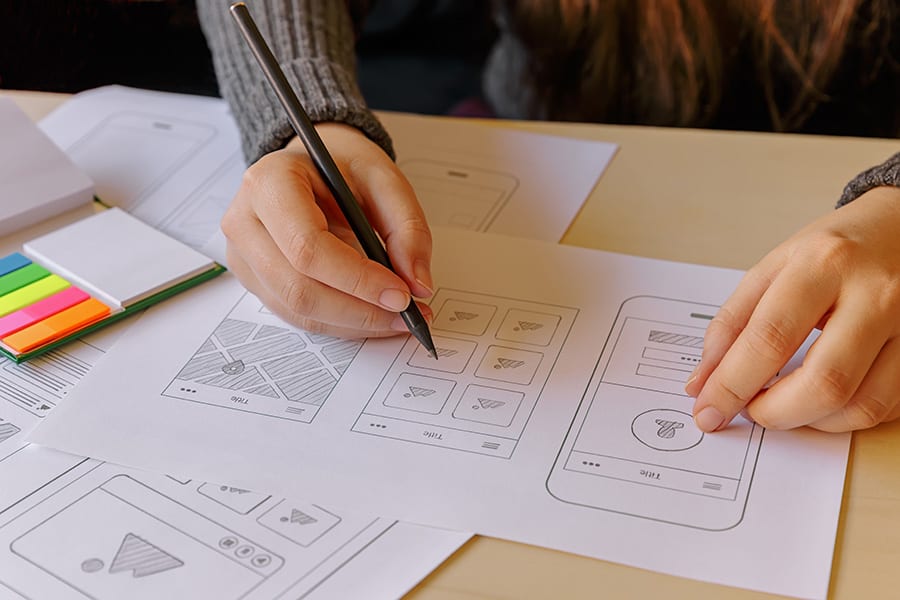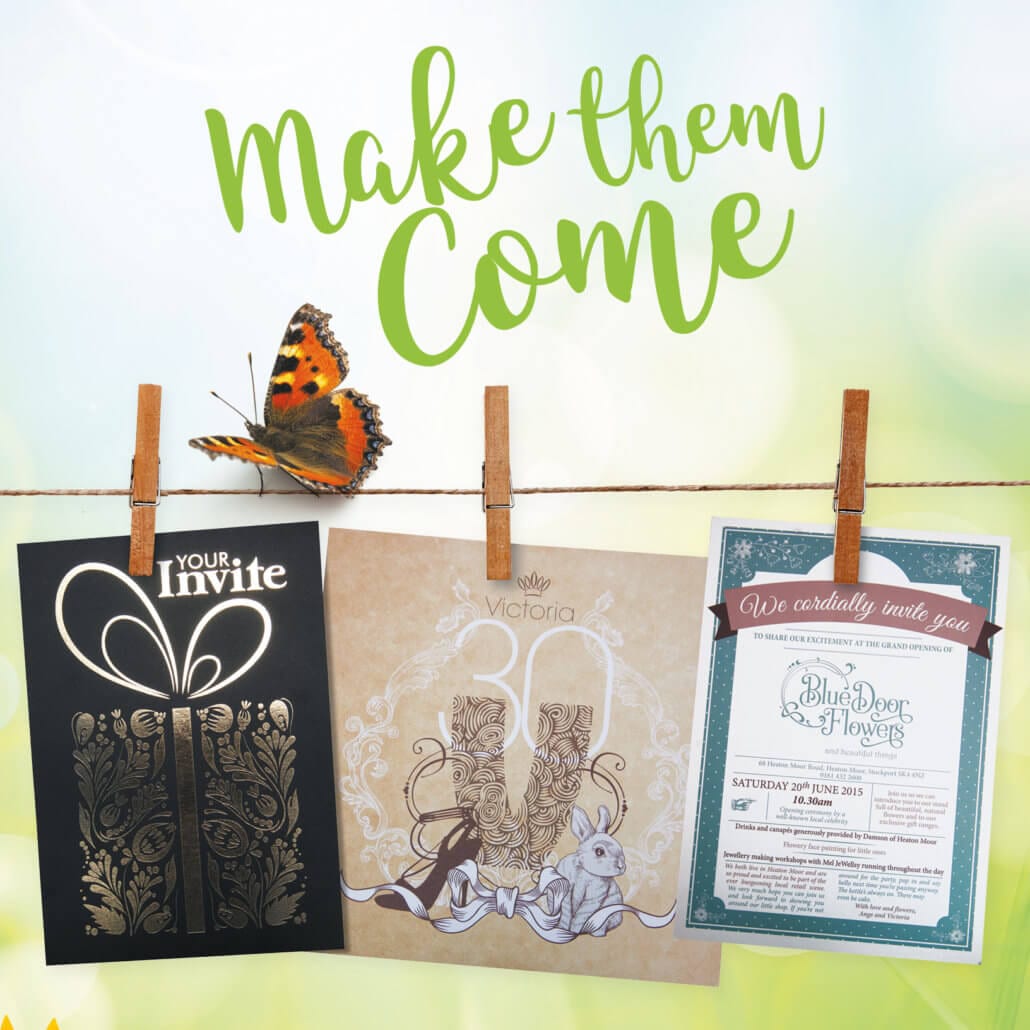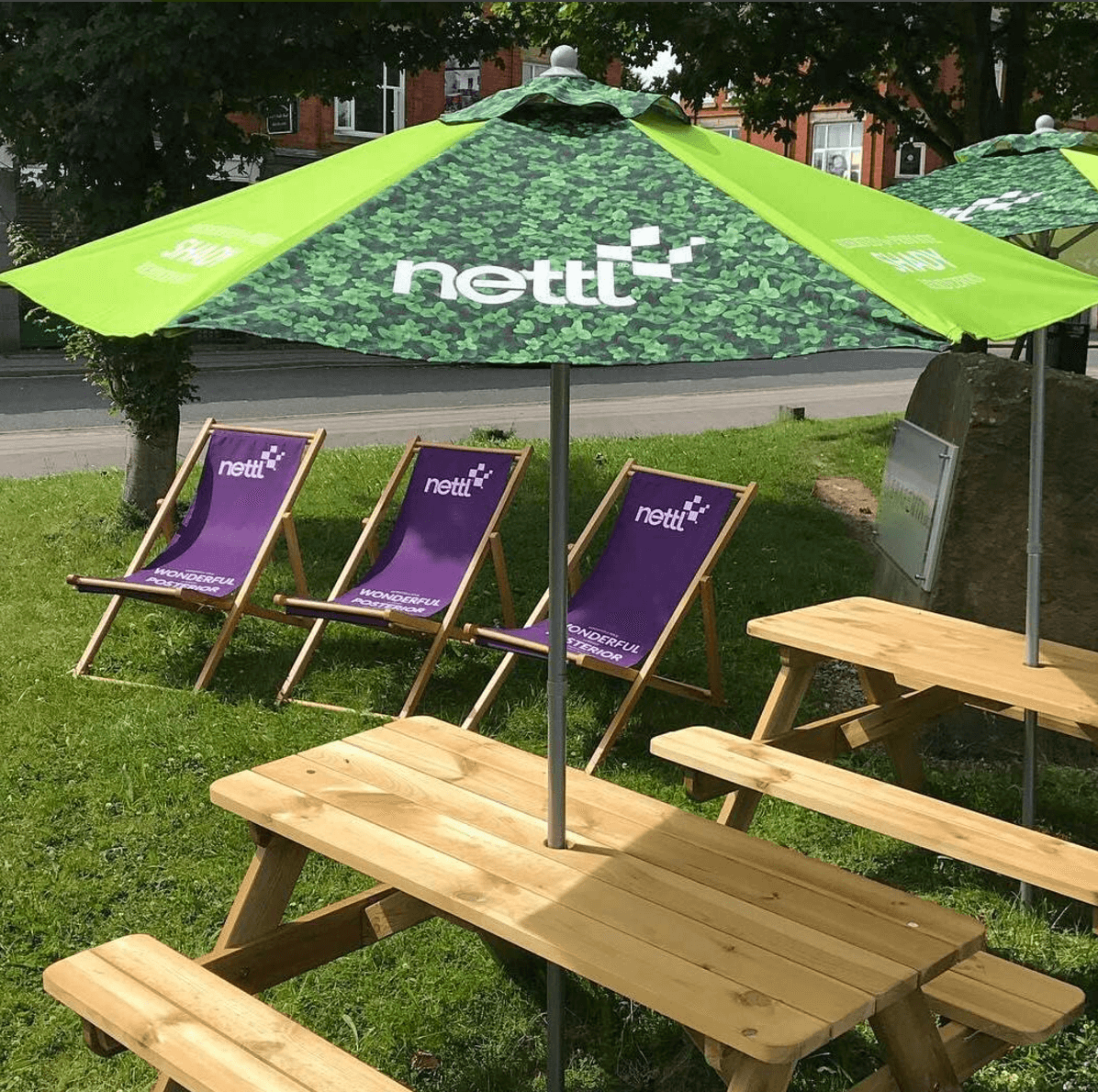What is User Experience and why should I care?
UI/UX has become a bit of a buzzword online lately. But user experience doesn’t apply solely to online. Far from it, UI/UX originates from the real world around us.
UX stands for User Experience, another term for customer experience really. Only ‘user’ is broader, as ‘customer’ implies the user has bought something (or is at least there to browse/buy).
“User experience” encompasses all aspects of the end-user’s interaction with the company, its services, and its products.
It is everything! When making a purchase from a bricks and mortar store, it’s:
- Advertising
- How easy it was to find the store
- Traffic and parking
- The shop
- Friendly, helpful staff
- Product range
- How easy it was to find what you wanted
- Pricing
- Product advice
- Queues at the checkout
- Whether the box fits in the car
- How easy the product was to assemble
- How easy the product was to use
- Aftersales service
We could go on.
In that sense, it’s a lot like branding. Some people think a brand is just a logo. But it’s much more than that.
Redefining online sales
In 1999, Zappos founder Tony Hsieh tackled the seemingly impossible – selling shoes online. After all, 20 years ago the preference was to try shoes on for size. Who is going to buy them online?
But now Zappos are one of the largest online shoe retailers in the world. How? By providing an etail experience that rivalled the traditional retail experience. They already had some advantages:
- A far larger range of footwear then your average store.
- The convenience shopping from home brings vs going into town.
By defining a whole new level of customer service (the stories of just how far they will go to make a customer happy are legendary), and offering a remarkable approach to returns (unlimited free delivery AND returns), they really changed the game.
So there’s a big difference between ‘User Experience’ as a whole and improving someone’s experience while on your website. Having said that, it’s a fundamental part that’s increasingly becoming one of the most important parts of the cycle.
So here is some website advice to help you get some quick UX wins on the board.
Easy peasy lemon squeezy
Everyone will tell you the site needs to be simple, and easy to use. That’s a given.
But this becomes even more important when your customer is using their phone. Mobile commerce now accounts for 36% of UK retail sales. And more people than ever are making bookings and reservations while on the go.
So the first thing to address when tackling ‘is it easy to use?’ is the mobile experience.
If the text is too small to read, the buttons and links too fiddly to click, then this needs to be fixed. If you have to pinch and zoom to find your way around then count yourself out.
A responsive website will reflow and resize the content so your happy shopper can thumb through the steps. No hassle, fuss or bother.

“Did you find everything you were looking for today?”
It should be easy to find what you’re looking for. That applies whether it’s the product you pine for or the data you desire.
Just like a good SEO strategy, your user experience journey starts by focusing on the needs of the user.
Giving the customers what they want is a pretty good idea in business, full stop. But how do you know what they want from your website? You can start in four very simple ways.
- Asking your customers
- Seeing what questions you receive from the website
- Checking user flow in analytics
- Studying search data with search analytics report
Combining this knowledge will give you great insights into user intent.
- Why are people visiting your website?
- What are they hoping to find?
- What are they looking to do?
This will not only enable you to deliver the right kind of content, but will also help you map out the journey through the website. ‘Findability’ isn’t just a search box, it’s about guided exploration.
Like VIP guests arriving on a Hawaiian island, visitors should be gently guided so that they can flow seamlessly through each phase. Flower necklaces, effortless check in, let us take your bags, there’s the watersports guy, cocktails at the bar.

Ecommerce experience tips
Following on from findability, almost equally as important in terms of ecommerce is getting customers over the line. Here are five easy ecommerce tips to help improve this aspect of the online customer experience.
1. Transparent Delivery Charges
When you’re in the supermarket with a basket of groceries, you don’t tend to pop it down on the floor and walk out. That would be a bit bonkers. But people do this online. All the time.
And the #1 reason for cart abandonment? Adding extra costs at checkout.
Be as transparent about your delivery charges as possible. If you offer free delivery over £xx then place this message site wide in a prominent position.
Getting this right will encourage people to actually spend more with you, rather than dropping their basket. Learn more about how to set out your online store.
2. Click & Collect
Customers like to know an item is in stock before leaving home. They also don’t like to wait (or pay) for delivery. This explains why Click & Collect has become so popular.
Across all major retailers, over half are already offering Click & Collect, with many more planning to add it this year.
According to Internet Retailing magazine, more than 60% of Click & Collect shoppers go on to purchase further products during item collection.
3. Wishlist
Life’s not always black and white. The reason someone might remove an item from their basket could be down to a number of things. Often, it’s not a cold hearted change of mind, but instead it’s just not the right time.
By offering the ability to save the item, or add to wishlist, you provide an alternative that’s mutually beneficial.
You make it easier for the customer to return and buy the item at a later date. (This is also an acceptable reason to ask that they make an account). You also create a more casual browsing experience as wishlists subconsciously require less commitment than an ‘add to basket’ action.
4. Easy checkout
As well as appearing credible, it’s essential to make it as easy as possible for your customers to complete their purchase.
Forcing people to fill in boxes with their details in order to buy something is a major conversion killer. Reminiscent of those 80’s department stores that required you to have an account before buying from them. Remember them? No? Exactly!
So one of the most significant improvements you can make is to allow customers to checkout without requiring an account. You can always give them the option to create an account afterwards.
5. Thank you, come again
After the payment has been processed, you should redirect your customers to a page thanking them for their purchase. But don’t stop there, improve the customer experience by providing helpful links such as
- What happens next
- Create an account
- Track my order
- Product recommendations
Or make the most of this opportunity to interact with an engaged customer:
- Make it easy for them to share their recent purchase on social media
- Ask them to review their experience
- Encourage newsletter signup or competition entry
- Offer a limited time voucher on their next purchase
The best websites are never finished
They are living, growing things that need to be continually reviewed, updated and improved. Ask about how our concierge packages can help you to define the ultimate user experiences for your customers.




